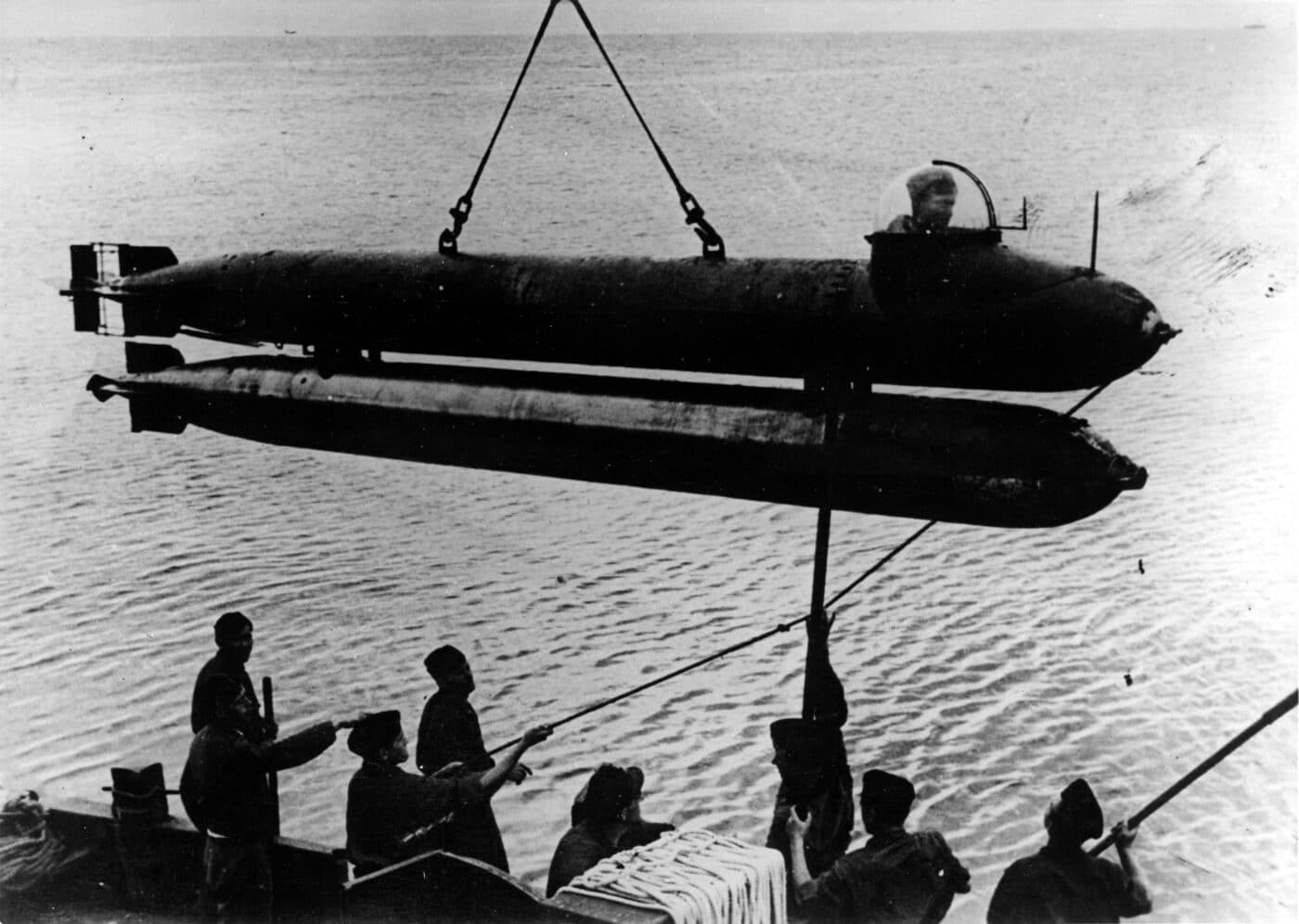The article "German Human Torpedoes — D-Day’s Nazi Suicide Subs?" by Tom Laemlein explores the development and deployment of Germany's manned torpedoes during World War II. Among the Axis powers, Germany was the last to develop the concept of mini-submarines, eventually introducing a remarkably simple yet incredibly dangerous design. These manned torpedoes, also known as "human torpedoes," were part of the Nazi's desperate attempt to counter Allied invasion fleets, with naval engineer Richard Mohr tasked with creating a cost-effective and easy-to-use weapon. The initial versions couldn't dive, but later models like the Marder could briefly submerge to 25 meters.
Despite their rudimentary design, these manned torpedoes had numerous flaws, such as limited visibility due to the plexiglass dome getting obscured and the inability to clean it during operations. Moreover, if the armed torpedo failed to separate, it could carry the entire craft and its pilot towards the target, often resulting in disaster. The first significant use of these torpedoes was during the attack on Anzio in April 1944, coinciding with Hitler's birthday. Despite launching 40 torpedoes, the mission saw heavy losses due to enemy defenses and technical malfunctions, with many pilots falling victim to carbon monoxide poisoning.
The article details further missions, such as those against the invasion fleet at Normandy and subsequent operations in Southern France. Despite occasional successes, the missions were largely suicidal, with German losses exceeding 60%. US Naval Intelligence reports from captured German pilots provide insights into the operational challenges and the pilots' lack of experience and training. The Marder human torpedo system, while innovative, ultimately proved too hazardous for its operators, reflecting the desperation of Germany's final efforts in World War II. For more detailed insights, read the full article: German Human Torpedoes — D-Day’s Nazi Suicide Subs?

No comments:
Post a Comment